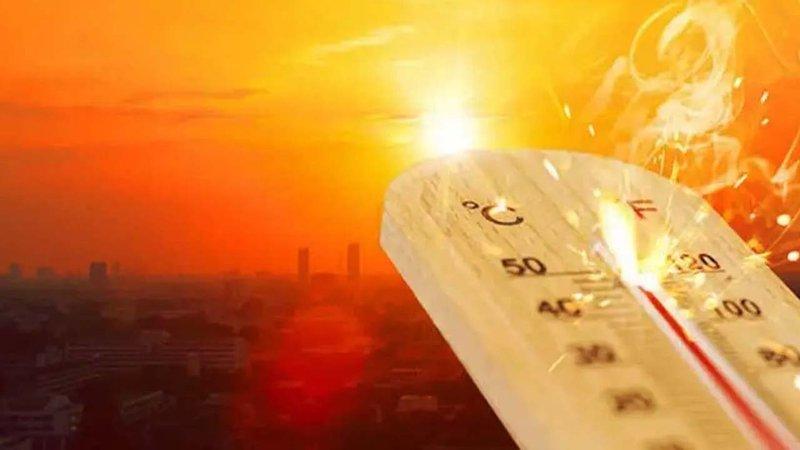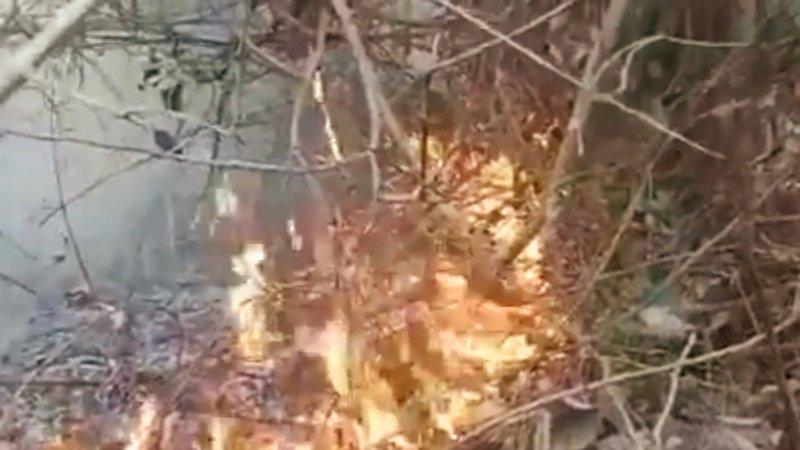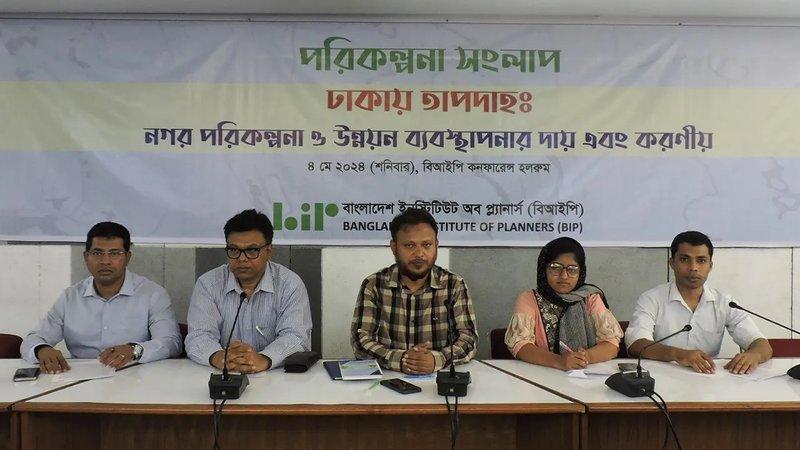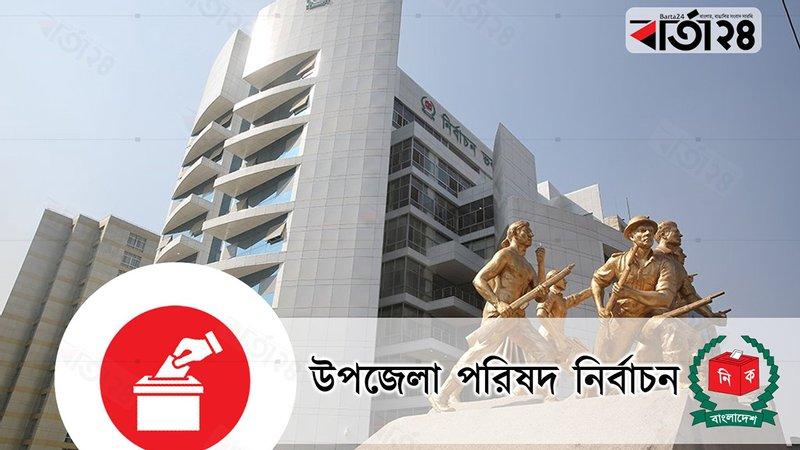Today is Shaheed Nur Hossain Day
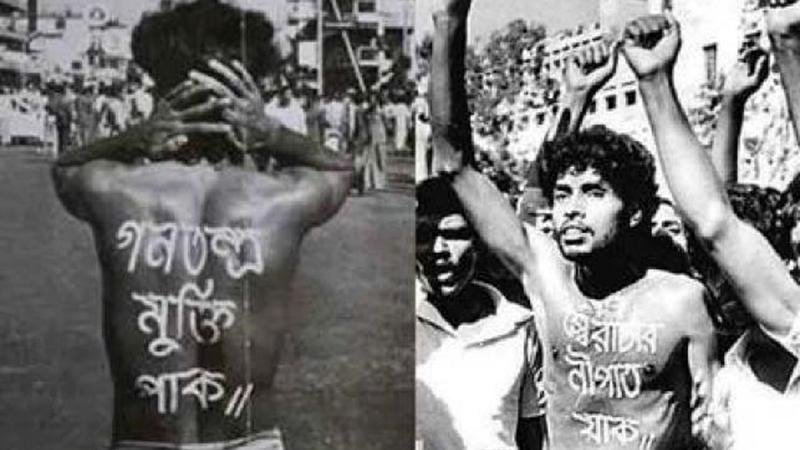
ছবি: সংগৃহীত
Today is November 10, Shaheed Nur Hossain Day. On this day in 1987, the highways of Dhaka were stained with the blood of Juba League leader Nur Hossain. This self-sacrifice of Nur Hossain accelerated the movement of pro-democracy people against the then dictatorship. Juba League activist Nur Hossain came down to the streets as a living poster with thousands of protesting youths. Inscribed on his chest and back was the burning slogan 'Democracy is liberated, dictatorship is destroyed'.
Various political and social organizations have taken detailed action on the occasion of the day. The Awami League will pay homage at Shaheed Nur Hossain Square in Gulistan at 8 am today and offer prayers for the forgiveness of his departed soul.
President Md. Abdul Hamid and Prime Minister Sheikh Hasina have given separate messages on the occasion of the day.
In his message, the President said November 10 is an important day in the struggle for restoration of democracy in Bangladesh. On this day in 1987, Nur Hossain, a brave soldier of the movement for restoration of democracy, protested against the dictatorship with the slogan 'Let dictatorship be destroyed, democracy be liberated'. The streets of Dhaka were stained with the blood of Shaheed Nur Hossain who was at the forefront of the protests that day. On the day of Shaheed Nur Hossain, he paid homage to all the martyrs including Nur Hossain who sacrificed their lives for democracy.
The Prime Minister said many unnamed people had sacrificed their lives in the struggle for restoration of democracy. Democracy was restored with the fall of the dictator on December 6, 1990, following a series of ongoing struggles. People get back their right to vote and rice. He prayed for the forgiveness of the souls of all the martyrs including Nur Hossain and conveyed his condolences to the bereaved family members.
On 10 November 1987, there was a sit-in strike of 15 parties, 7 parties and 5 parties in front of the Secretariat. The sit-in in support of the student organizations involved in the program turned into a sit-in. Ignoring all the obstacles of the dictator, a procession of students and people gathered around the Secretariat on the morning of November 10. Then the brave procession of Nur Hossain started across the police box in front of Topkhana Road.
Beginning with the assembly starts with police batting, teargas throwing. The Paltan area was then a battlefield. Meanwhile, news came that Nur Hossain had been martyred by the police. Numerous were injured. The new struggle for democracy started on that day with the self-sacrifice of Nur Hossain. In the course of that struggle, on December 4, 1990, the dictator announced his resignation.
Nur Hossain was born in 1971. His ancestral home was in Jhatibunia village of Mathbaria upazila of Pirojpur district. After the war of independence in 1971, his family moved to 79/1 Banagram Road in Dhaka. Father Mujibur Rahman was an auto-rickshaw driver by profession. His mother's name is Maryam Bibi. Due to financial difficulties, after finishing eighth grade, Nur Hossain stopped studying and took training as a motorist.
Awami League General Secretary and Minister for Road Transport and Bridges Obaidul Quader in a statement called upon the people of all walks of life including leaders and workers of all the affiliated organizations of the Awami League to observe the day observing rules of health protection with due dignity.
State Honors: Commemorative stamps have been issued in Nur Hossain's memory. The Zero Point has been named Nur Hossain Square after the place where he was shot dead by police. The image of the movement, written on his body shortly before his death on November 10, is considered an important symbol of the democratic movement in Bangladesh.


